October is Pennsylvania Archaeology Month! Every October, events and programs are held across Pennsylvania to celebrate the commonwealth’s deep past.
PA SHPO partner agencies and organizations including the State Museum of Pennsylvania (SMOP), the Society for Pennsylvania Archaeology (SPA) and their local chapters, the Pennsylvania Archaeological Council (PAC), as well as local historical societies and universities, offer public archaeology programs for all ages to highlight their region’s archaeological and historical significance.
In typical years, PA Archaeology Month events include archaeological excavations open to the public, archaeology fairs with hands-on demonstrations, workshops, artifact identification events, and presentations. PA Archaeology Month 2021 is unlike most years, because while many events are in-person, there are also many virtual options this year.
The links above provide information about various events across the state, and we encourage anyone hosting an event to contact us or our partners to help advertise your Archaeology Month events. Additionally, International Archaeology Day is October 16, 2021, and the Archaeological Institute of America provides a Calendar of Events from across the nation and around the globe.
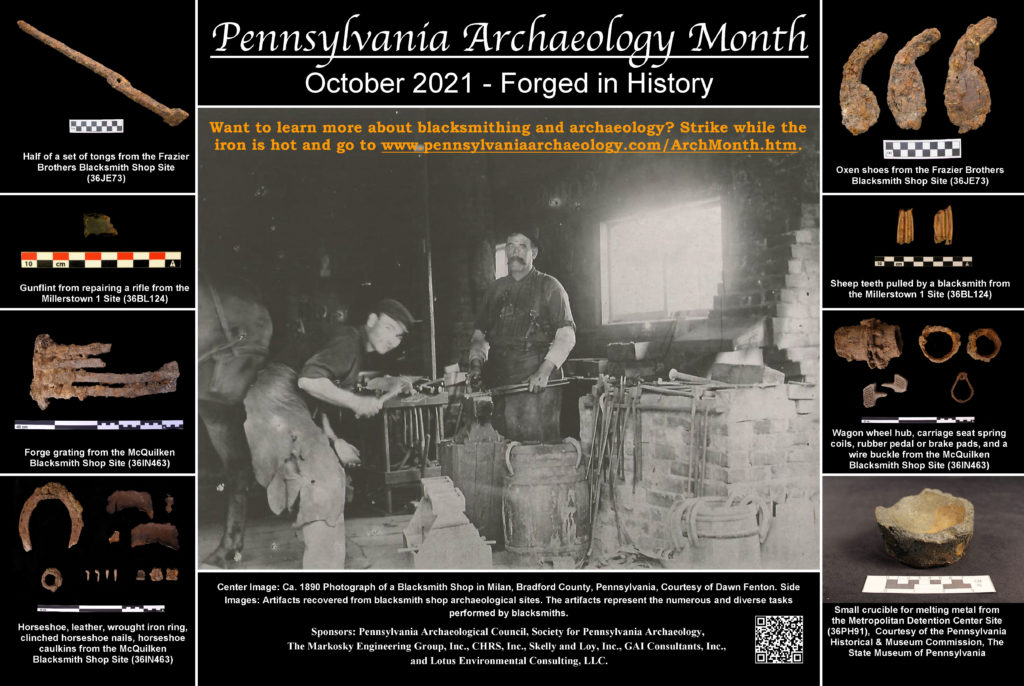
Each year a poster is produced to visually share some facet of Pennsylvania archaeology. SPA and PAC alternate responsibility for the poster each year. This year the PAC sponsored poster, Forged in History, highlights blacksmithing. The SPA maintains a gallery of previous posters. Copies of the poster are available free at many of the events this month, can be downloaded and printed from the SPA website, or physical copies are available through the mail by contacting Janet Johnson at the State Museum.
To celebrate Archaeology Month, the PHMC and the State Museum of Pennsylvania annually host the Workshops in Archaeology series. We are very excited about this year’s theme Hidden Stories: Uncovering African American History Through Archaeology and Community Engagement which will feature an overview of several African American archaeological investigations and community archaeology projects in Pennsylvania and the Mid-Atlantic. The Workshop features both an in-person and virtual option, please visit the Pennsylvania Heritage Foundation for registration information and the PDF below for the workshop schedule.
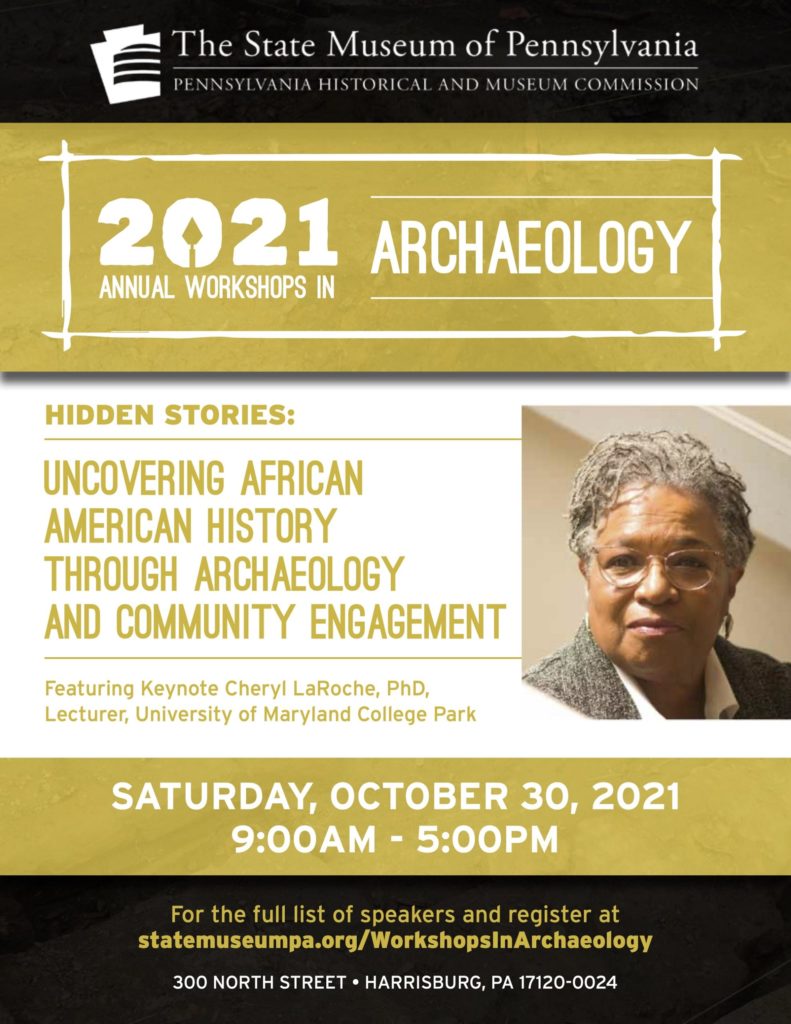
Share Your Sites!
Do you have (or think you have) an archaeological site you would like to register with our office? Let us know!
The Pennsylvania Archaeological Site Survey (PASS) program is the statewide inventory of all recorded archaeological sites in the commonwealth representing 16,000 years of Pennsylvania’s history. Archaeological sites provide a unique source information that help us tell the story of the people and practices that shaped the landscape of the commonwealth. The more sites we record, the better (and more complete!) story we can tell.
PA SHPO archaeologists will be present at the 2021 SMOP Workshop mentioned above to record sites and identify artifacts, but we are always willing to accept archaeological site data. For more information on the PASS program and registering archaeological sites please visit: https://www.phmc.pa.gov/Preservation/survey/Pages/Archaeology.aspx.
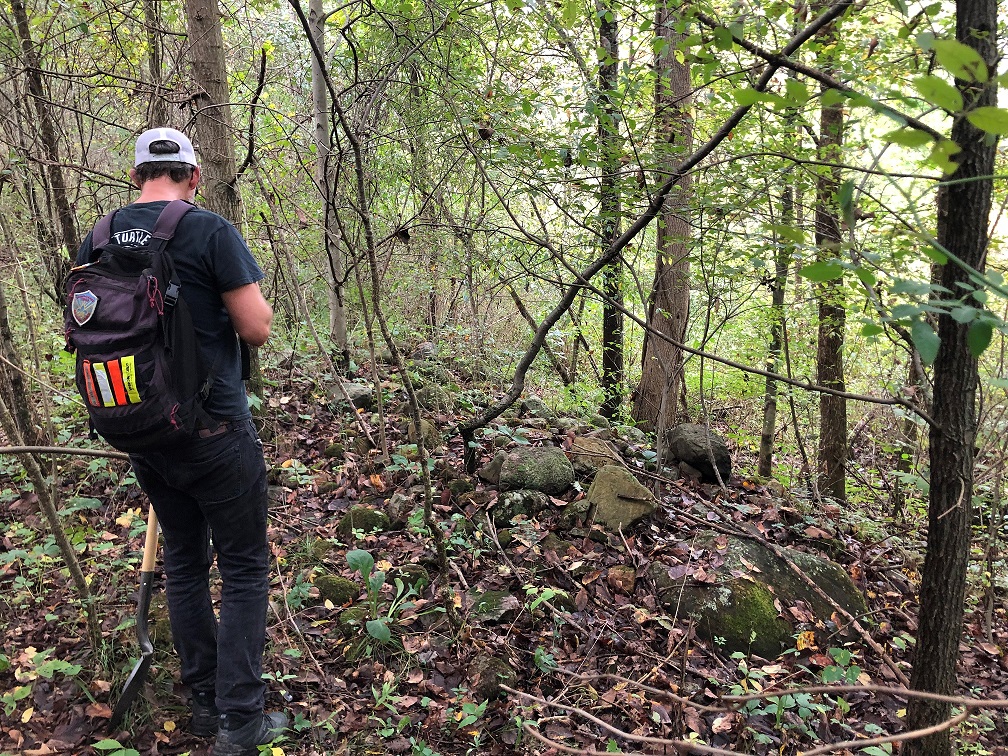
A Call for Theses, Dissertations, and Unpublished Reports
Please send us your thesis, dissertation, or any unpublished reports if they are related to an archaeological site in Pennsylvania!
Email our PA-SHARE Help Desk at pashare@pa.gov with a brief description and indicate the associated site number and include your document as an attachment. If the material is too large to share via email, we can coordinate a file sharing method.
In PA-SHARE, theses and dissertations can be found linked to archaeological resources and are available online for users with Pro or Business subscriptions. Some recently added ones include:
Gingerich, Joseph A.M. 2007. Shawnee-Minisink Revisited: Re-evaluating the Paleoindian Occupation. M.A. thesis.
Shawnee-Minisink (36MR0043) needs no introduction to Pennsylvania Archaeologists. Gingerich’s thesis documented a re-analysis of the site from new excavations, which Gingerich has since expanded upon in more recent publications (see here, for example, wherein Gingerich et al. document that the lone example of fish bone from the site is actually not bone).
Montag, Michele L. 2001. Small Sites and the Monongahela Settlement System: A View from the Sandrocks Shelter (36Gr68). Ph.D. dissertation.
Sandrocks Shelter (36GR0068) is a stratified rockshelter located along a tributary of the Monongahela River. Montag’s dissertation documents an exceptionally well preserved Monongahela period component at Sandrocks Shelter, which has contributed substantially to our understanding of small but intensively utilized short-term habitation sites.
Peresolak, Katherine S. 2017. Advocating for the Carroll Cabin: Archaeological Investigations at a Historic Home. M.A. thesis.
Carroll Cabin (36FA0570) is an extant late 18th/early 19th century hand-hewn log home located in Forbes State Forest, Fayette County. Peresolak combined historic research and archaeological investigations at Carroll Cabin to provide a rare snapshot of rural life in Pennsylvania from just after the American Revolution into the 20th century. You can also read about Carroll Cabin in this article from the Summer 2020 issue of Pennsylvania Heritage.
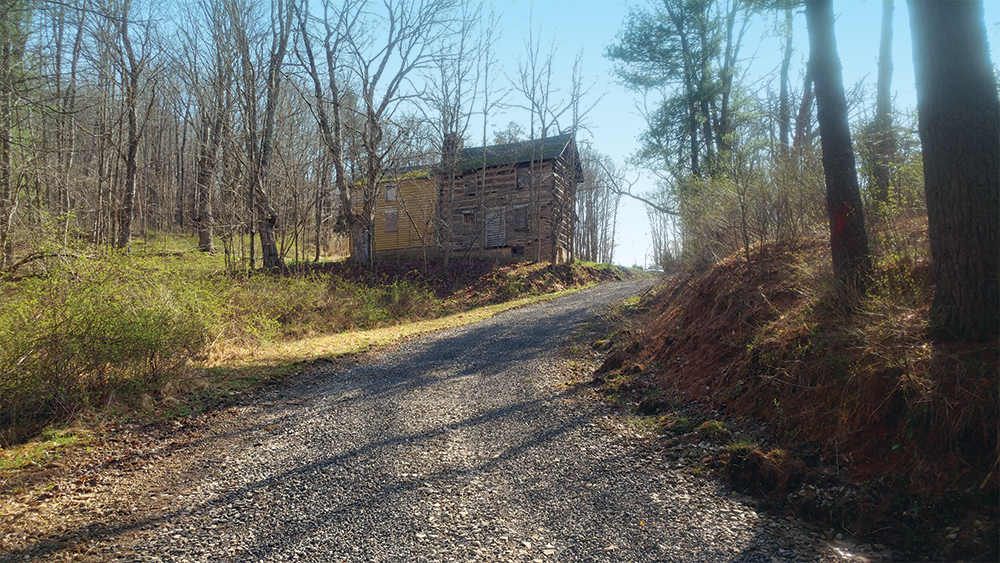
Riethmuller, Douglas S. 2020. Identity in The Late Woodland Northeast: Interpreting Communities of Practice from Paste Composition at the Thomas/Luckey and the Losey 3 Sites. M.A. thesis.
Losey 3 (36TI0028), located in the Tioga River Valley, is a multicomponent site that was intensively studied to mitigate for adverse effects to the site from a PennDOT project. As part of his thesis, Riethmuller revisited the collection and used pXRF to analyze the elemental composition of vessel paste for artifacts from the Late Woodland component, dating to the 14th to 17th century. See his thesis for results (no spoilers here).
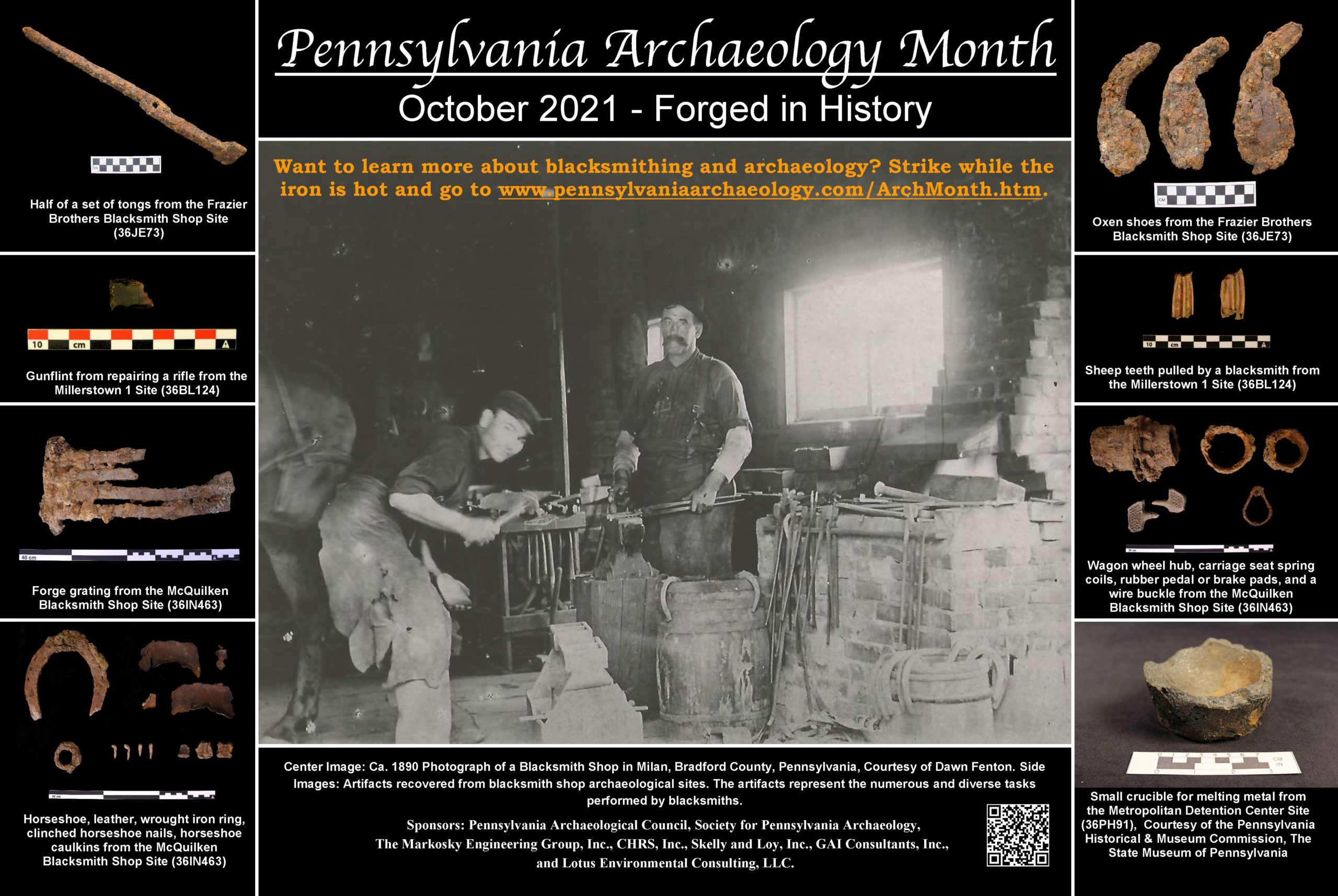
Leave a Reply